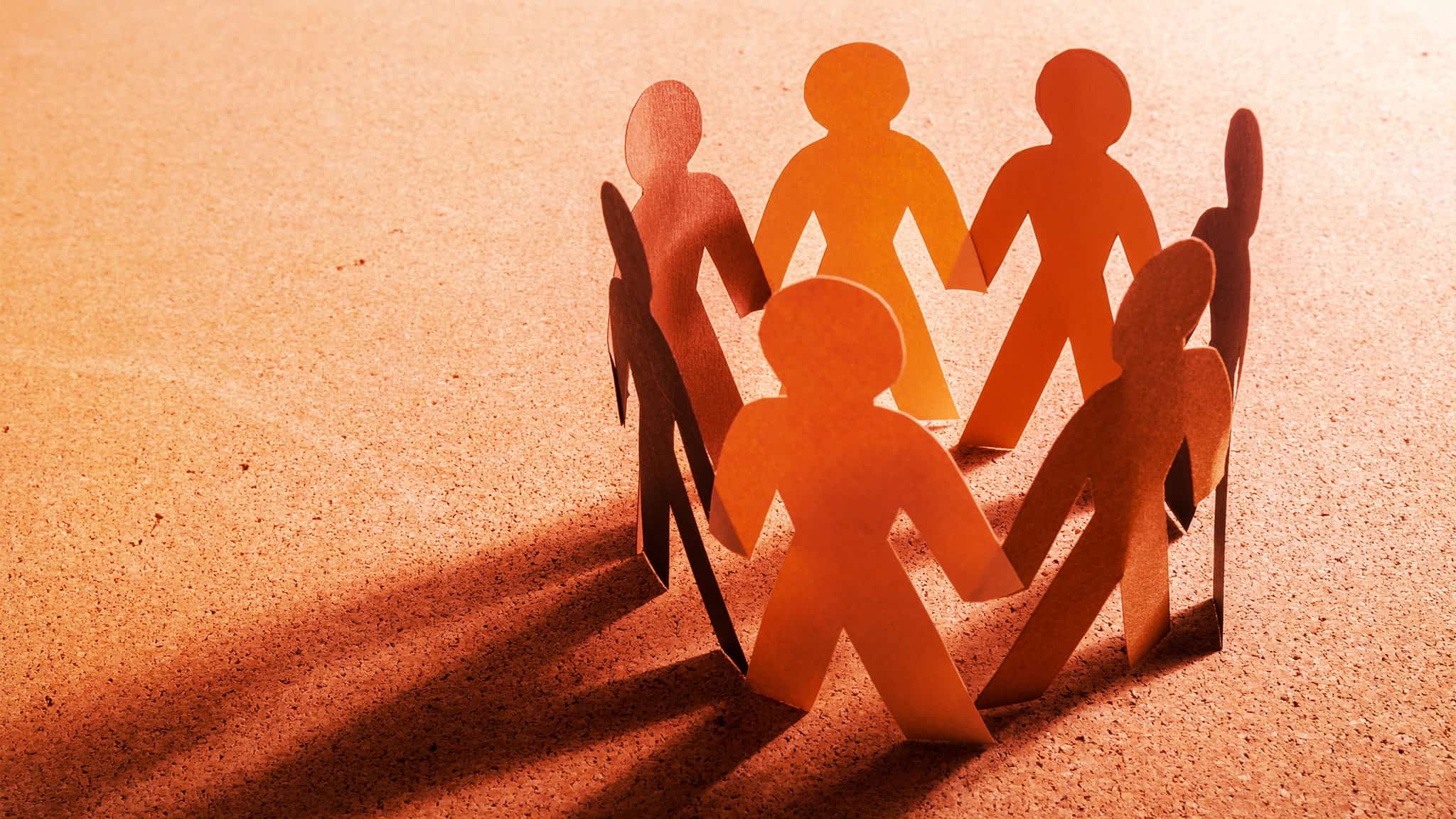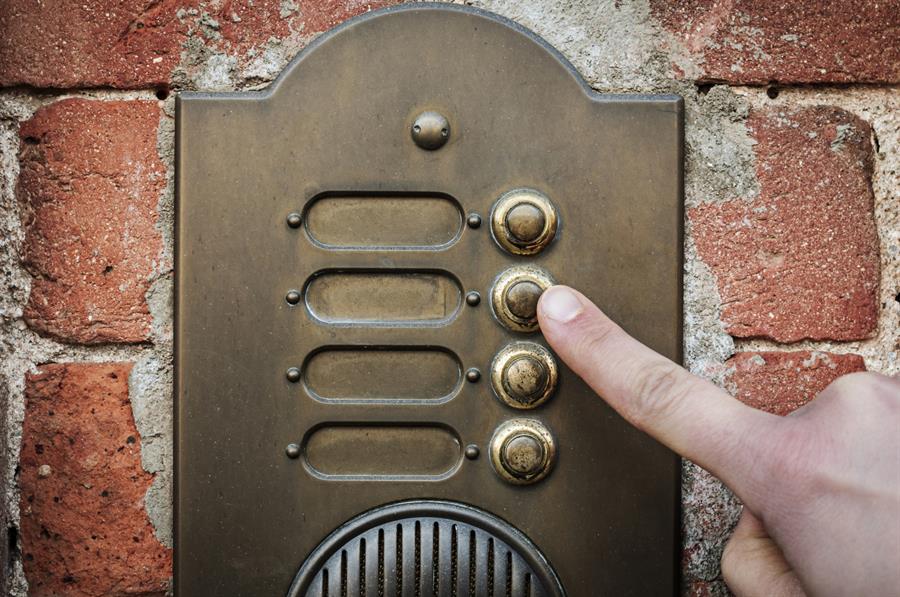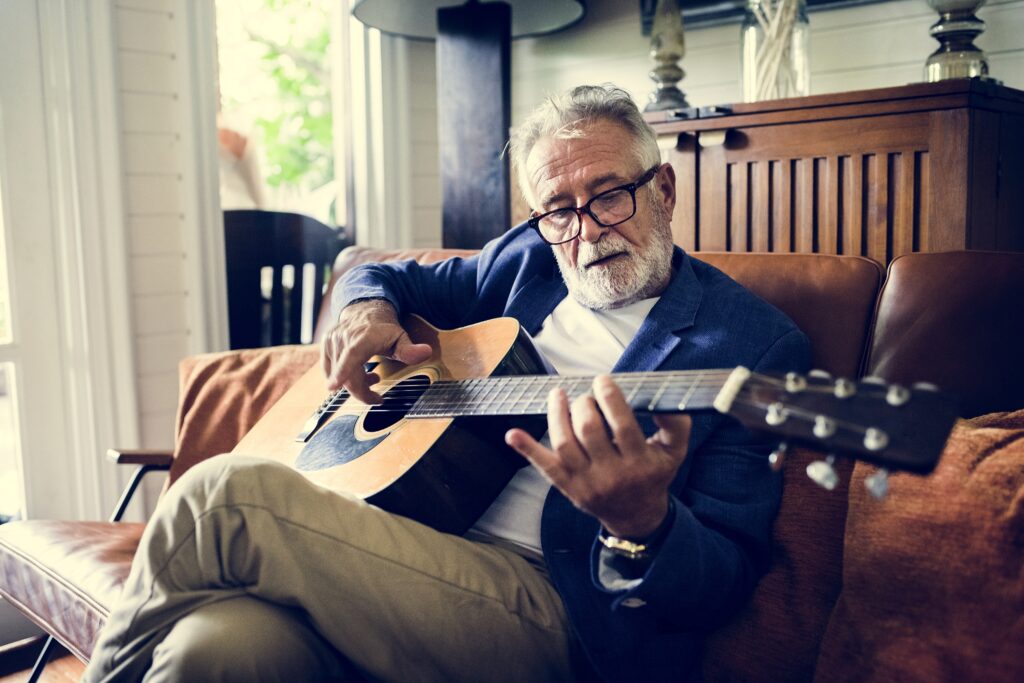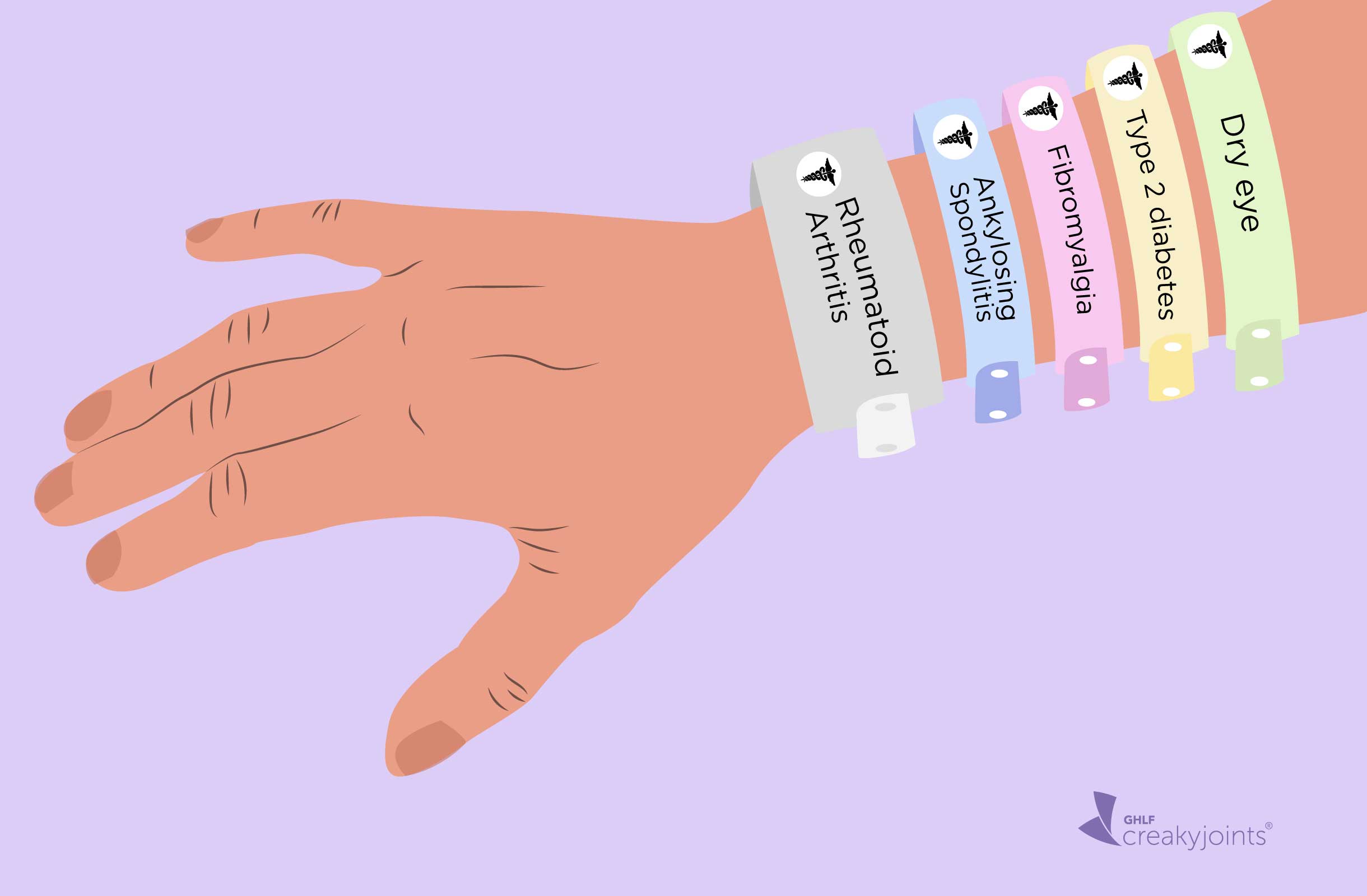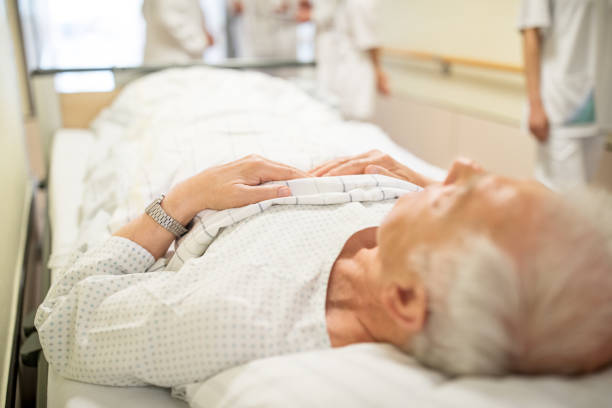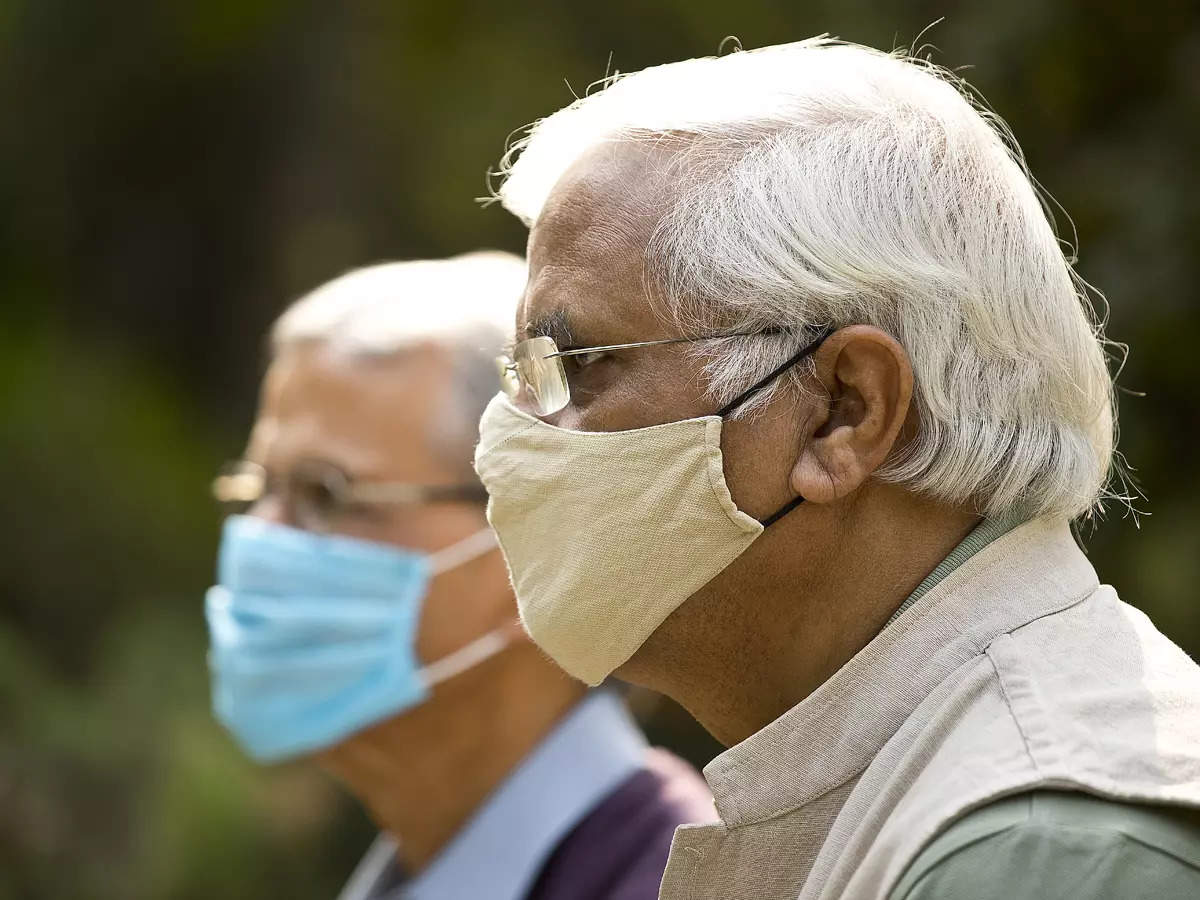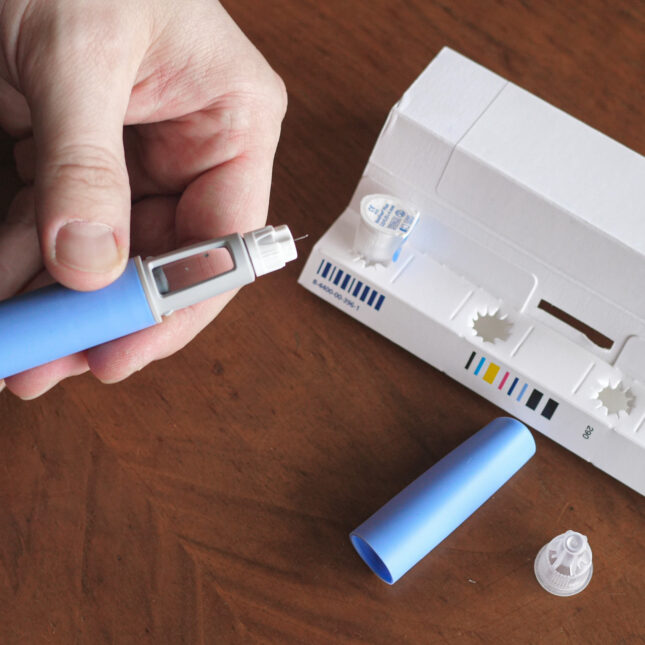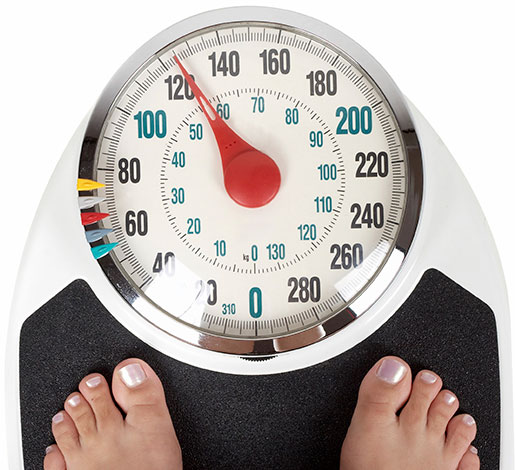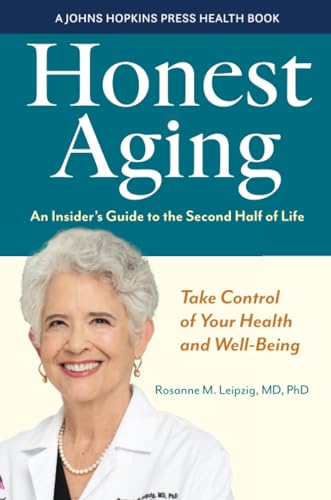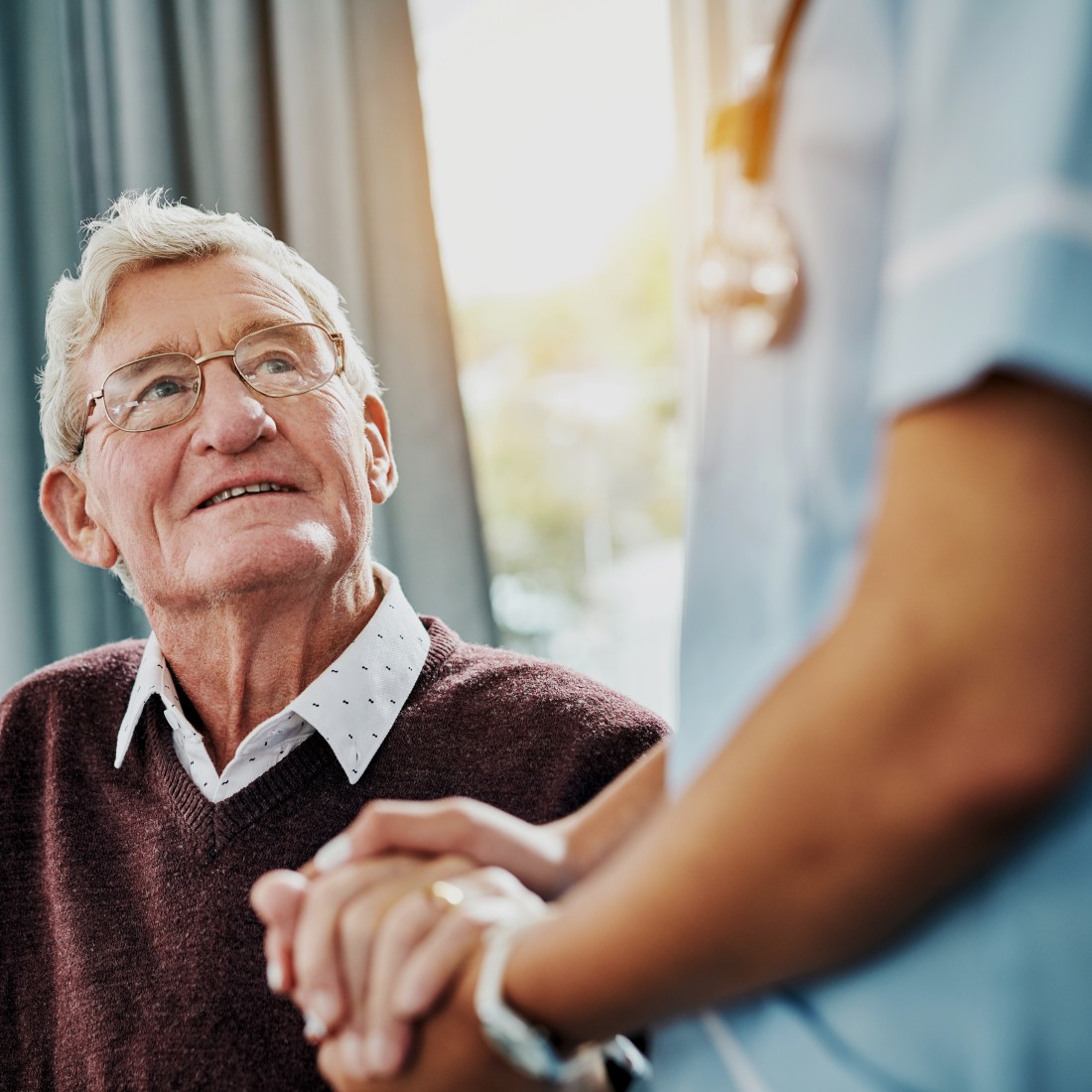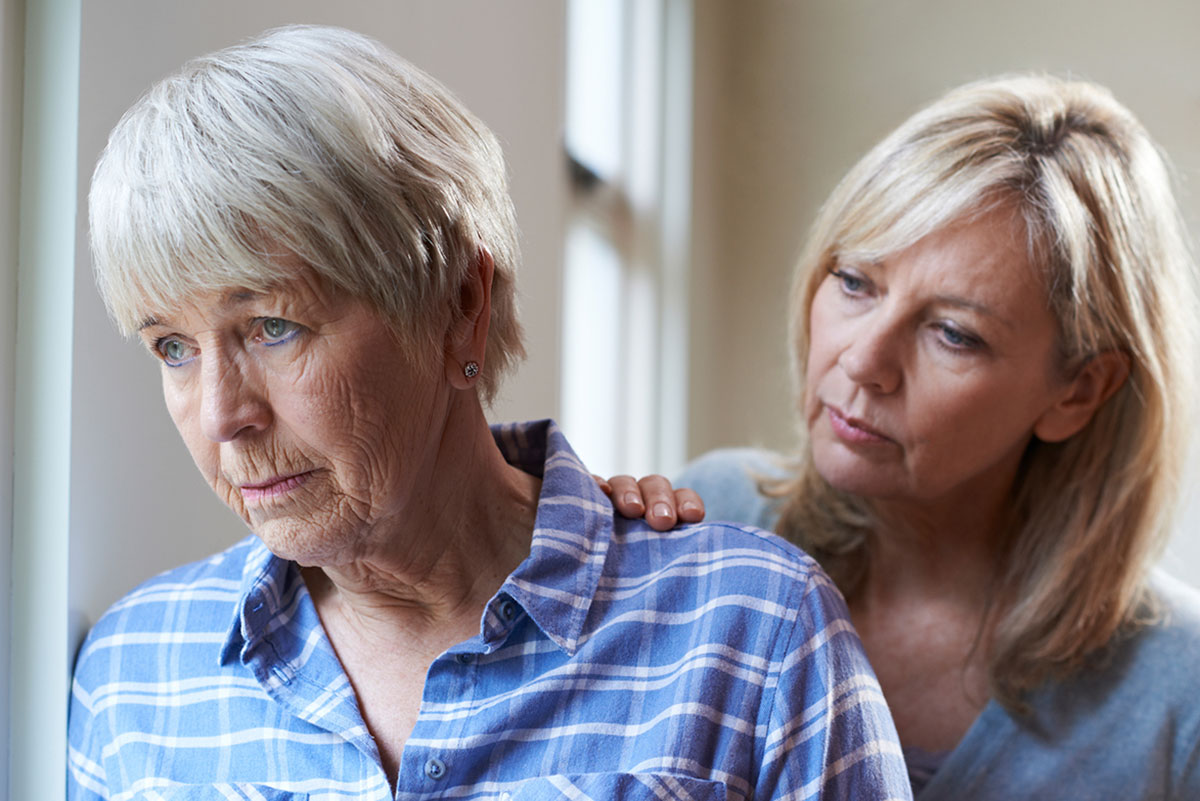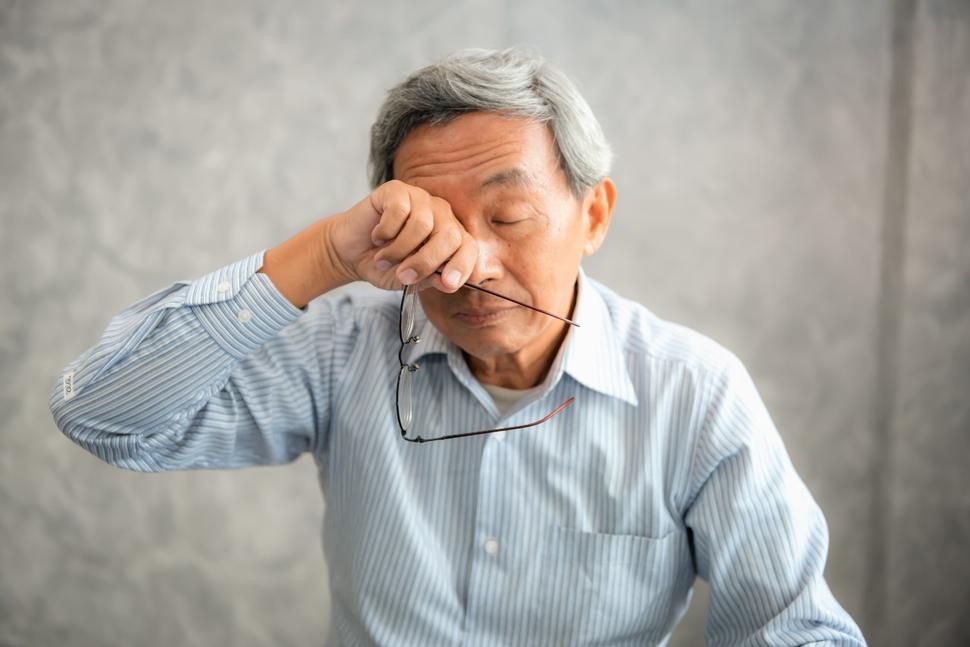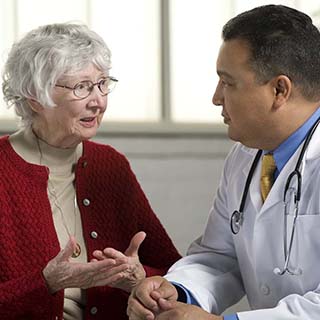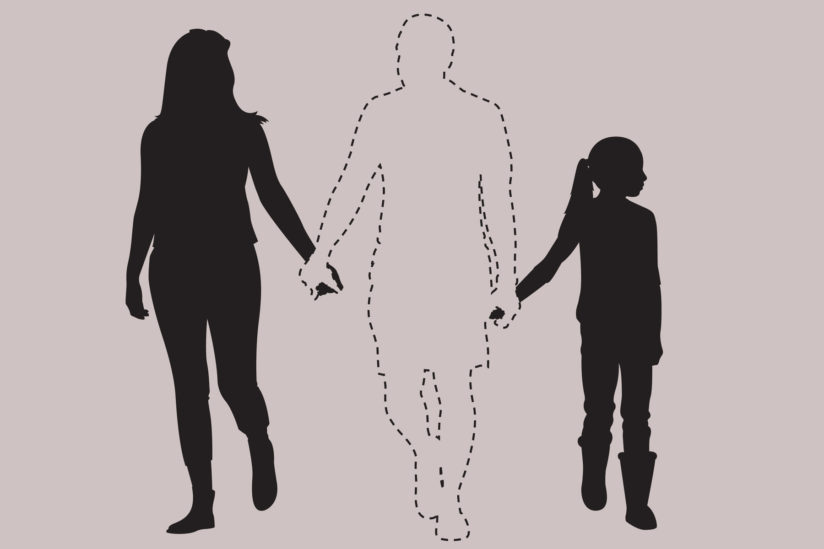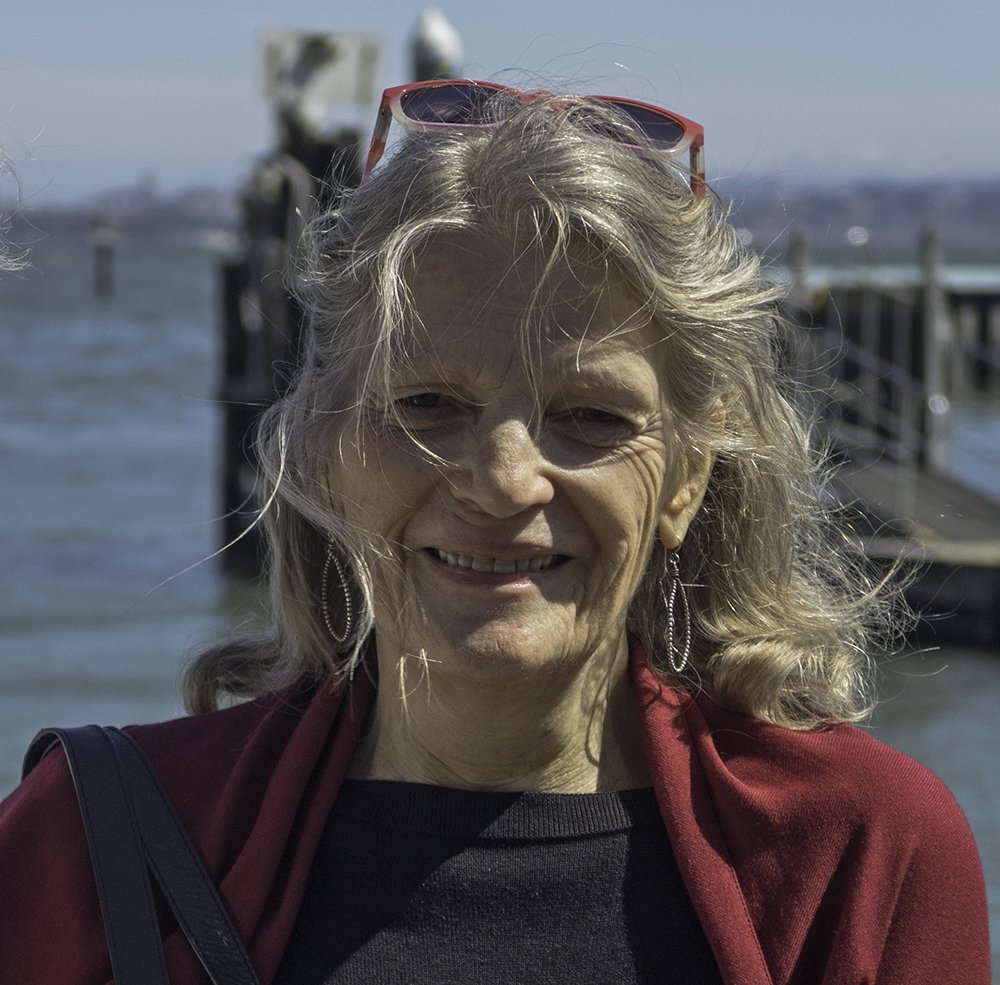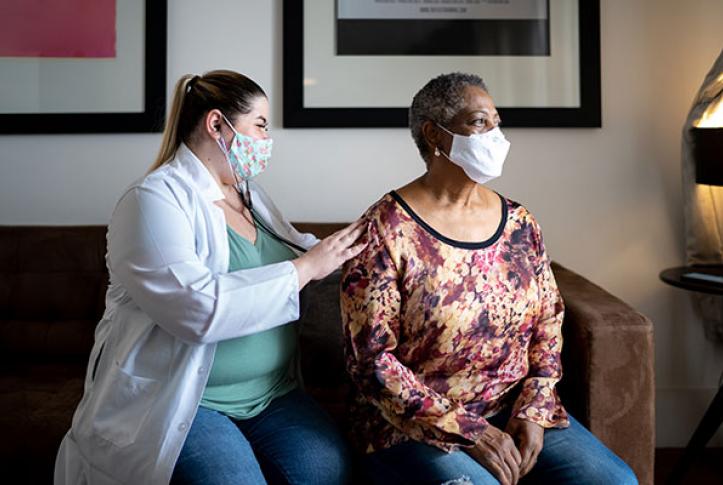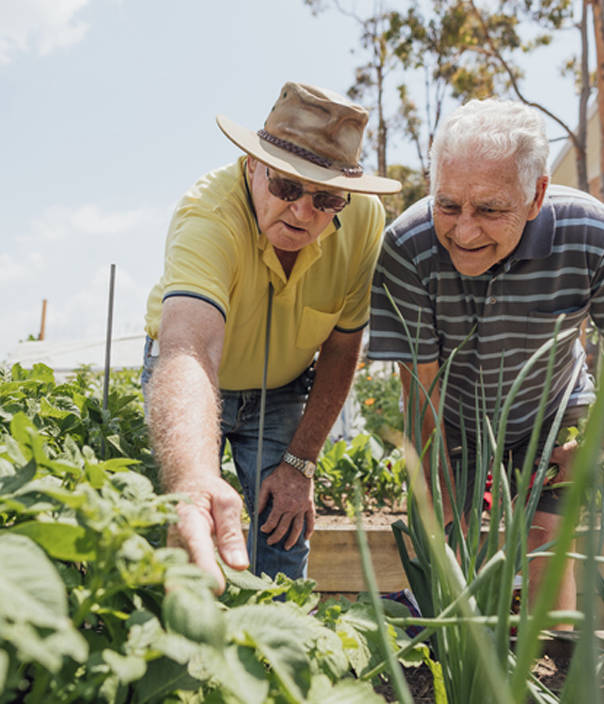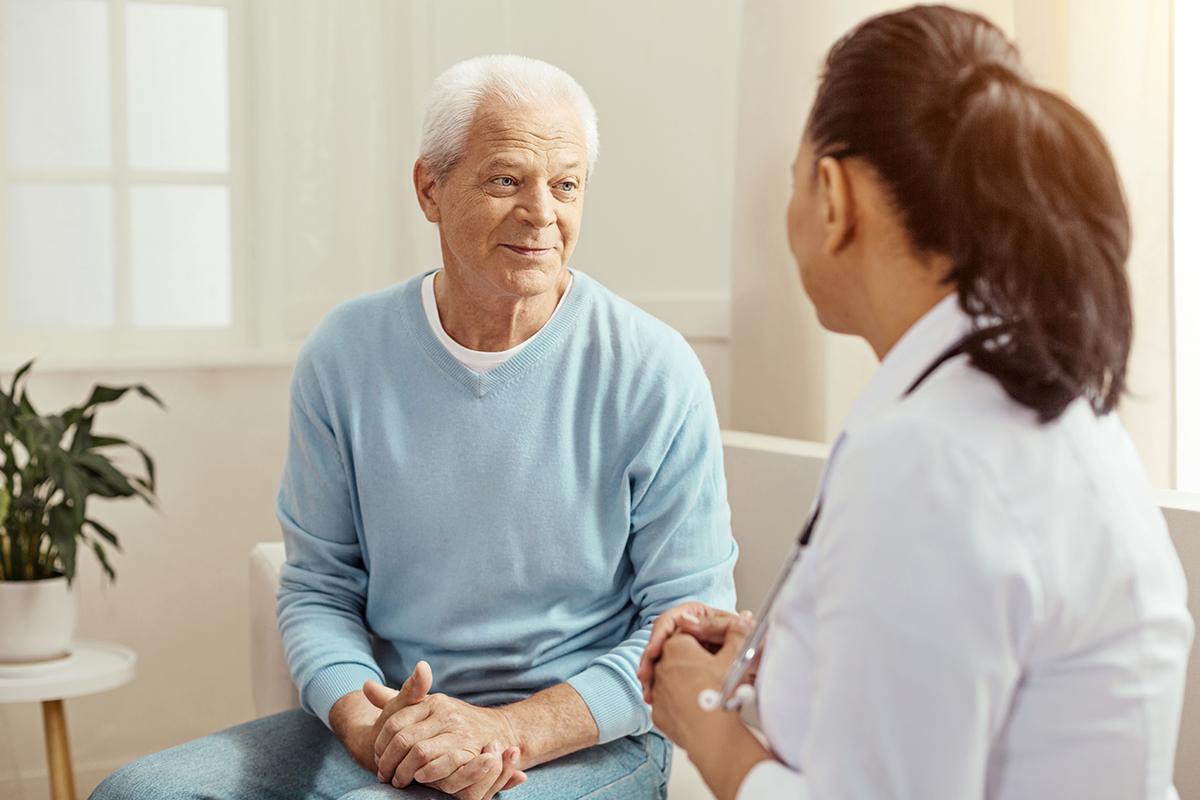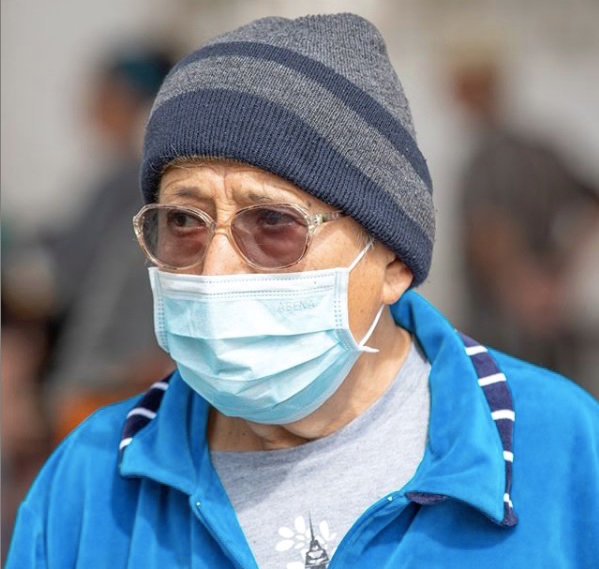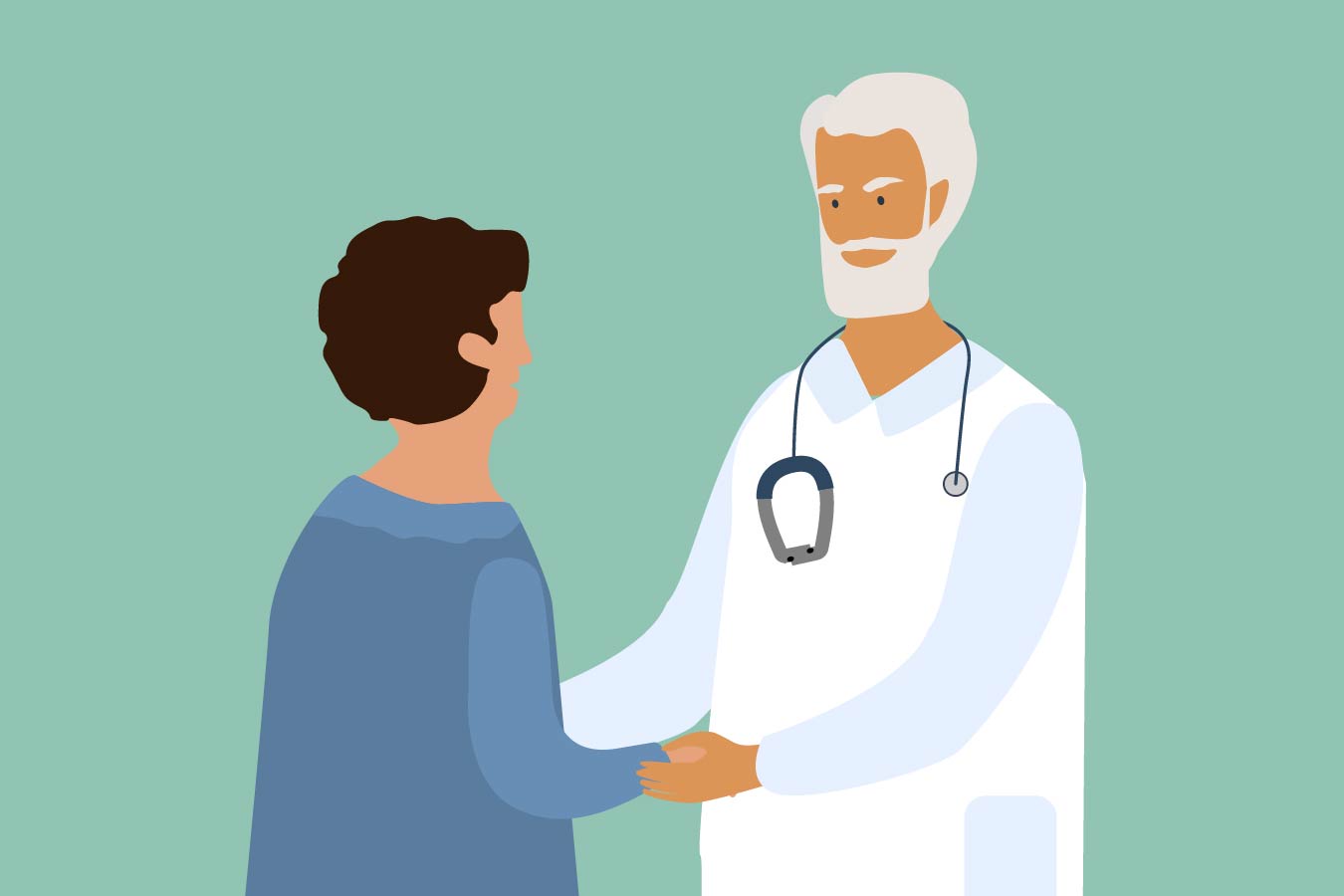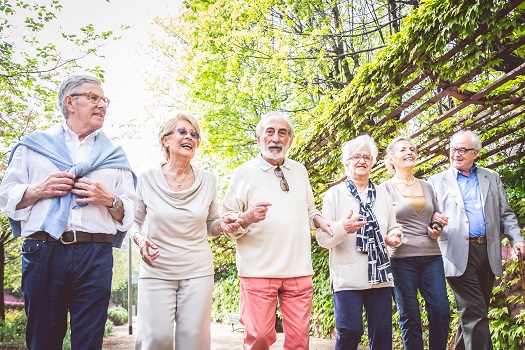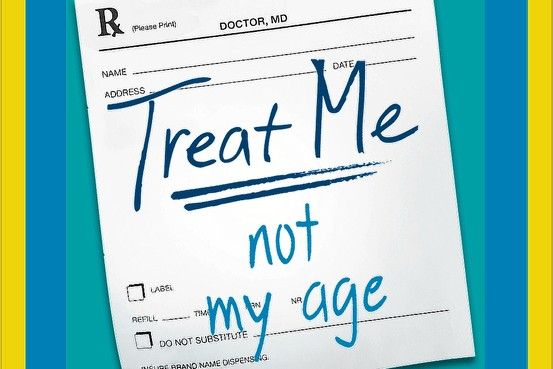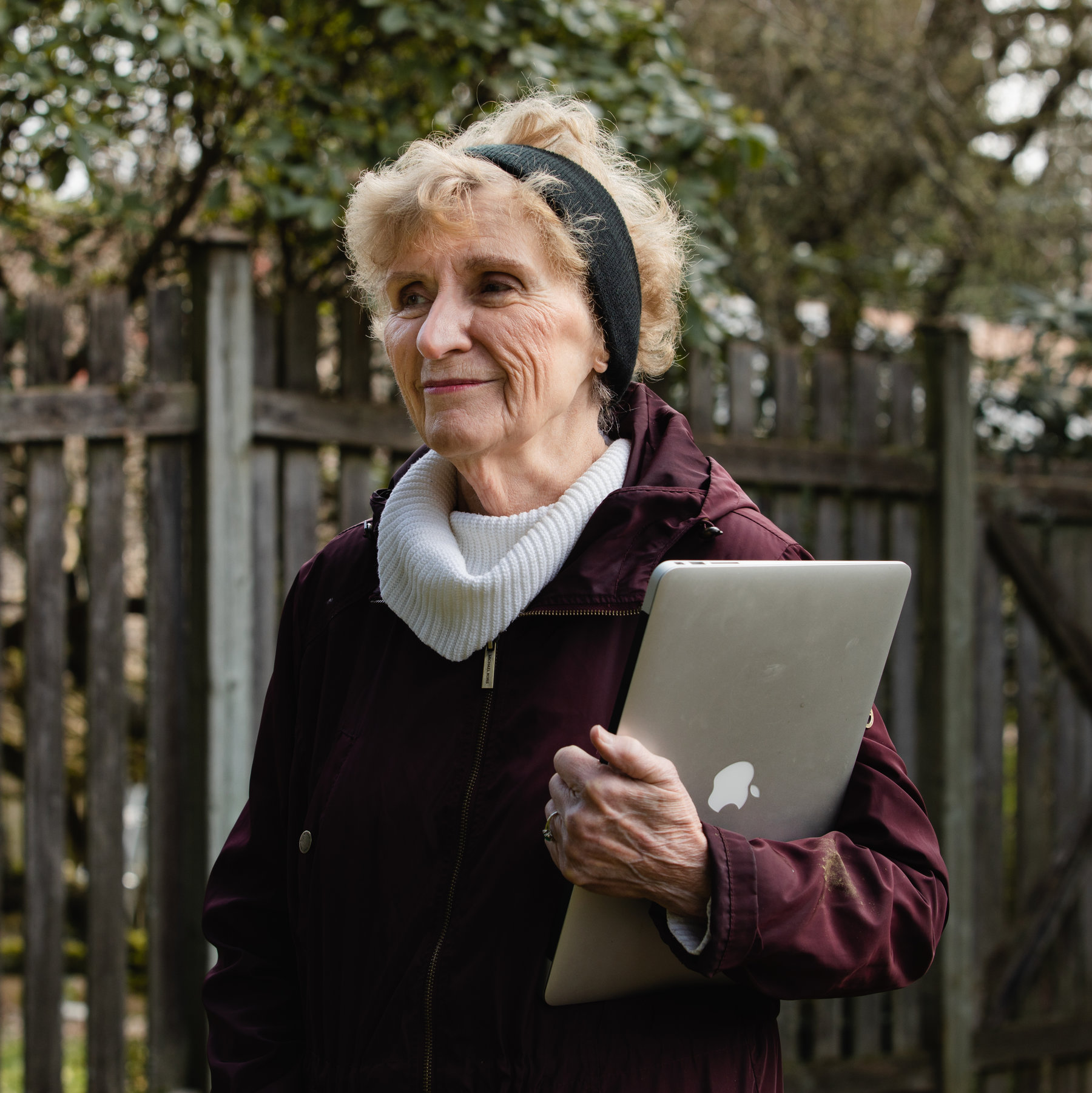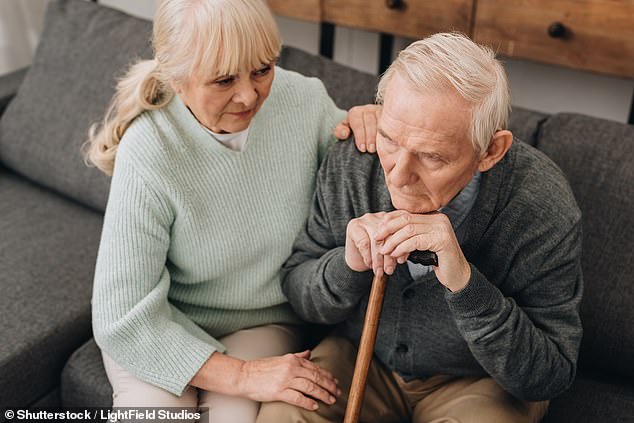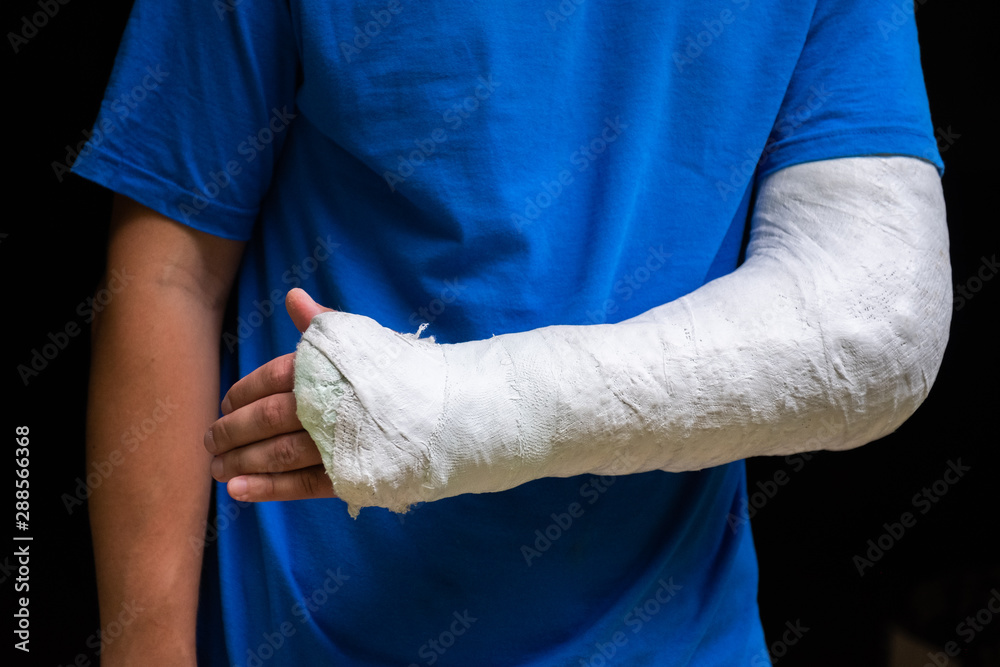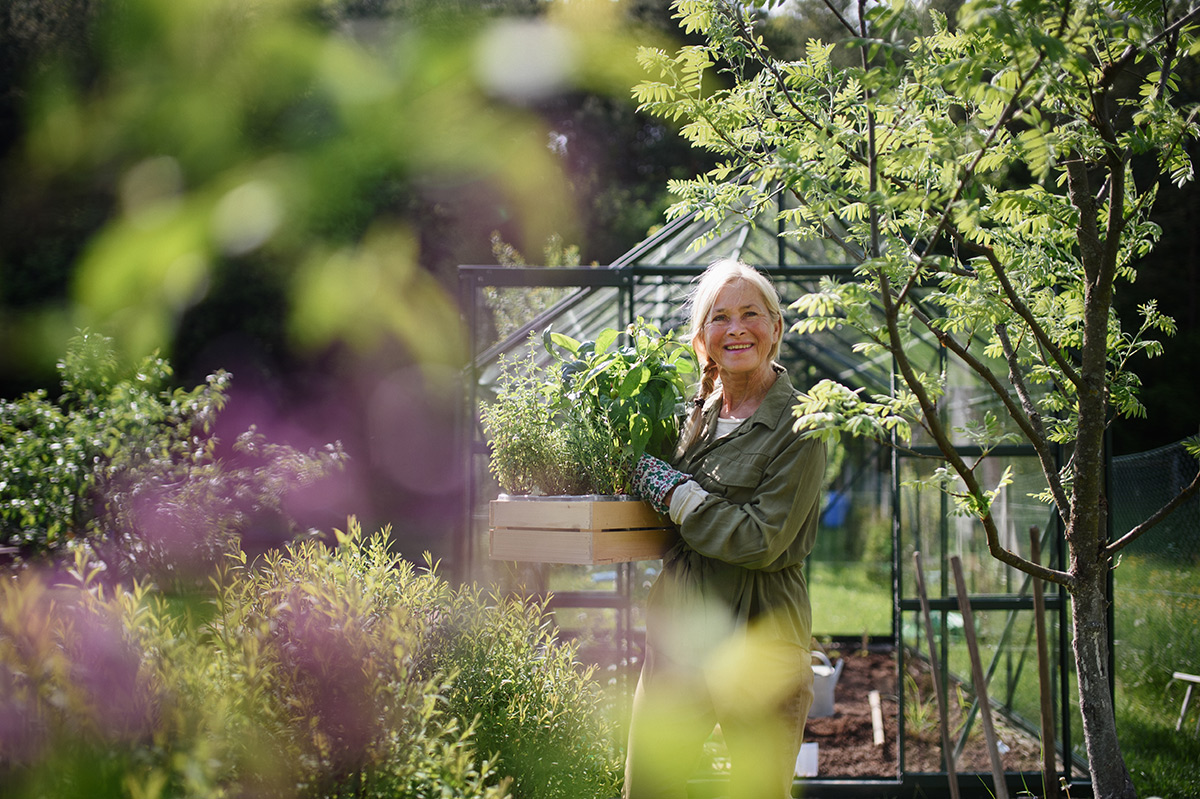
Our health care system is built on the assumption that when older people need help, their families will look after them. What about the more than 4 million seniors who live alone and have cognitive impairment or dementia? Journalist Judith Graham describes their precarious situation in this article she wrote for KFF Health News, which posted it on October 15, 2024. It also ran on the Washington Post. Funding from the Silver Century Foundation helps KFF Health News develop articles (like this one) on longevity and related health and social issues.
Sociologist Elena Portacolone, PhD, was taken aback. Many of the older adults in San Francisco she visited at home for a research project were confused when she came to the door. They’d forgotten the appointment or couldn’t remember speaking to her.
It seemed clear they had some type of cognitive impairment. Yet they were living alone.
Portacolone, an associate professor at the University of California-San Francisco, wondered how common this was. Had anyone examined this group? How were they managing?
When she reviewed the research literature more than a decade ago, there was little there. “I realized this is a largely invisible population,” she said.
Portacolone got to work and now leads the Living Alone With Cognitive Impairment Project at UCSF. The project estimates that at least 4.3 million people 55 or older who have cognitive impairment or dementia live alone in the United States.
About half have trouble with daily activities such as bathing, eating, cooking, shopping, taking medications, and managing money, according to their research. But only one in three received help with at least one such activity.
Compared with other older adults who live by themselves, people living alone with cognitive impairment are older, more likely to be women, and disproportionately Black or Latino, with lower levels of education, wealth and homeownership. Yet only 21 percent qualify for publicly funded programs such as Medicaid that pay for aides to provide services in the home.
With no one looking after them, older people with dementia can become malnourished, and they’re susceptible to scams.
In a health care system that assumes older adults have family caregivers to help them, “we realized this population is destined to fall through the cracks,” Portacolone said.
Imagine what this means. As memory and thinking problems accelerate, these seniors can lose track of bills, have their electricity shut off, or be threatened with eviction. They might stop shopping (it’s too overwhelming) or cooking (it’s too hard to follow recipes). Or they might be unable to communicate clearly or navigate automated phone systems.
A variety of other problems can ensue, including social isolation, malnutrition, self-neglect and susceptibility to scams. Without someone to watch over them, older adults on their own may experience worsening health without anyone noticing or struggle with dementia without ever being diagnosed.
Should vulnerable seniors live this way?
For years, Portacolone and her collaborators nationwide have followed nearly 100 older adults with cognitive impairment who live alone. She listed some concerns people told researchers they worried most about: “Who do I trust? When is the next time I’m going to forget? If I think I need more help, where do I find it? How do I hide my forgetfulness?”
Jane Lowers, PhD, an assistant professor at the Emory University School of Medicine, has been studying “kinless” adults in the early stages of dementia—those without a live-in partner or children nearby. Their top priority, she told me, is “remaining independent for as long as possible.”
Seeking to learn more about these seniors’ experiences, I contacted the National Council of Dementia Minds. The organization last year started a biweekly online group for people living alone with dementia. Its staffers arranged a Zoom conversation with five people, all with early-to-moderate dementia.
He explains he can’t expect one of his children to take him in and become a dementia caregiver—an extraordinarily stressful commitment.
One was Kathleen Healy, 60, who has significant memory problems and lives alone in Fresno, CA.
“One of the biggest challenges is that people don’t really see what’s going on with you,” she said. “Let’s say my house is a mess or I’m sick or I’m losing track of my bills. If I can get myself together, I can walk out the door and nobody knows what’s going on.”
An administrator with the city of Fresno for 28 years, Healy said she had to retire in 2019 “because my brain stopped working.” With her pension, she’s able to cover her expenses, but she doesn’t have significant savings or assets.
Healy said she can’t rely on family members who have troubles of their own. (Her 83-year-old mother has dementia and lives with Healy’s sister.) The person who checks on her most frequently is an ex-boyfriend.
“I don’t really have anybody,” she said, choking up.
David West, 62, is a divorced former social worker with Lewy body dementia, which can impair thinking and concentration and cause hallucinations. He lives alone in an apartment in downtown Fort Worth, TX.
“I will not survive this in the end—I know that—but I’m going to meet this with resilience,” he said when I spoke with him by phone in June.
Since his diagnosis nearly three years ago, West has filled his life with exercise and joined three dementia support groups. He spends up to 20 hours a week volunteering, at a restaurant, a food bank, a museum and Dementia Friendly Fort Worth.
Still, West knows that his illness will progress and that this period of relative independence is limited. What will he do then? Although he has three adult children, he said, he can’t expect them to take him in and become dementia caregivers—an extraordinarily stressful, time-intensive, financially draining commitment.
“I don’t know how it’s going to work out,” he said.
She once found it hard to ask for assistance, but with no family nearby, she now routinely relies on friends and hired help.
Denise Baker, 80, a former CIA analyst, lives in a 100-year-old house in Asheville, NC, with her dog, Yolo. She has cognitive problems related to a stroke 28 years ago, Alzheimer’s disease and serious vision impairment that prevents her from driving. Her adult daughters live in Massachusetts and Colorado.
“I’m a very independent person, and I find that I want to do everything I possibly can for myself,” Baker told me, months before Asheville was ravaged by severe flooding. “It makes me feel better about myself.”
She was lucky in the aftermath of Hurricane Helene: Baker lives on a hill in West Asheville that was untouched by floodwaters. In the week immediately after the storm, she filled water jugs every day at an old well near her house and brought them back in a wheelbarrow. Though her power was out, she had plenty of food and neighbors looked in on her.
“I’m absolutely fine,” she told me on the phone in early October after a member of Dementia Friendly Western North Carolina drove to Baker’s house to check in on her, upon my request. Baker is on the steering committee of that organization.
Baker once found it hard to ask for assistance, but these days she relies routinely on friends and hired help. A few examples: Elaine takes her grocery shopping every Monday. Roberta comes once a month to help with her mail and finances. Jack mows her lawn. Helen offers care management advice. Tom, a cab driver she connected with through Buncombe County’s transportation program for seniors, is her go-to guy for errands.
Her daughter Karen in Boston has the authority to make legal and health care decisions when Baker can no longer do so. When that day comes—and Baker knows it will—she expects her long term care insurance policy to pay for home aides or memory care. Until then, “I plan to do as much as I can in the state I’m in,” she said.
Much can be done to better assist older adults with dementia who are on their own, said Elizabeth Gould, MSW, co-director of the National Alzheimer’s and Dementia Resource Center at RTI International, a nonprofit research institute. “If health care providers would just ask ‘Who do you live with?’” she said, “that could open the door to identifying who might need more help.”
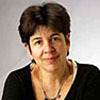
Judith Graham writes a column on aging and health for KFF Health News, where she’s a contributing columnist. She also freelances for other publications. Earlier in her career, Judith contributed more than 80 pieces to the New York Times blog, The New Old Age. She was nominated for a Pulitzer Prize for a series on defective pacemakers and was part of a Chicago Tribune team that won a Pulitzer in 2001.



